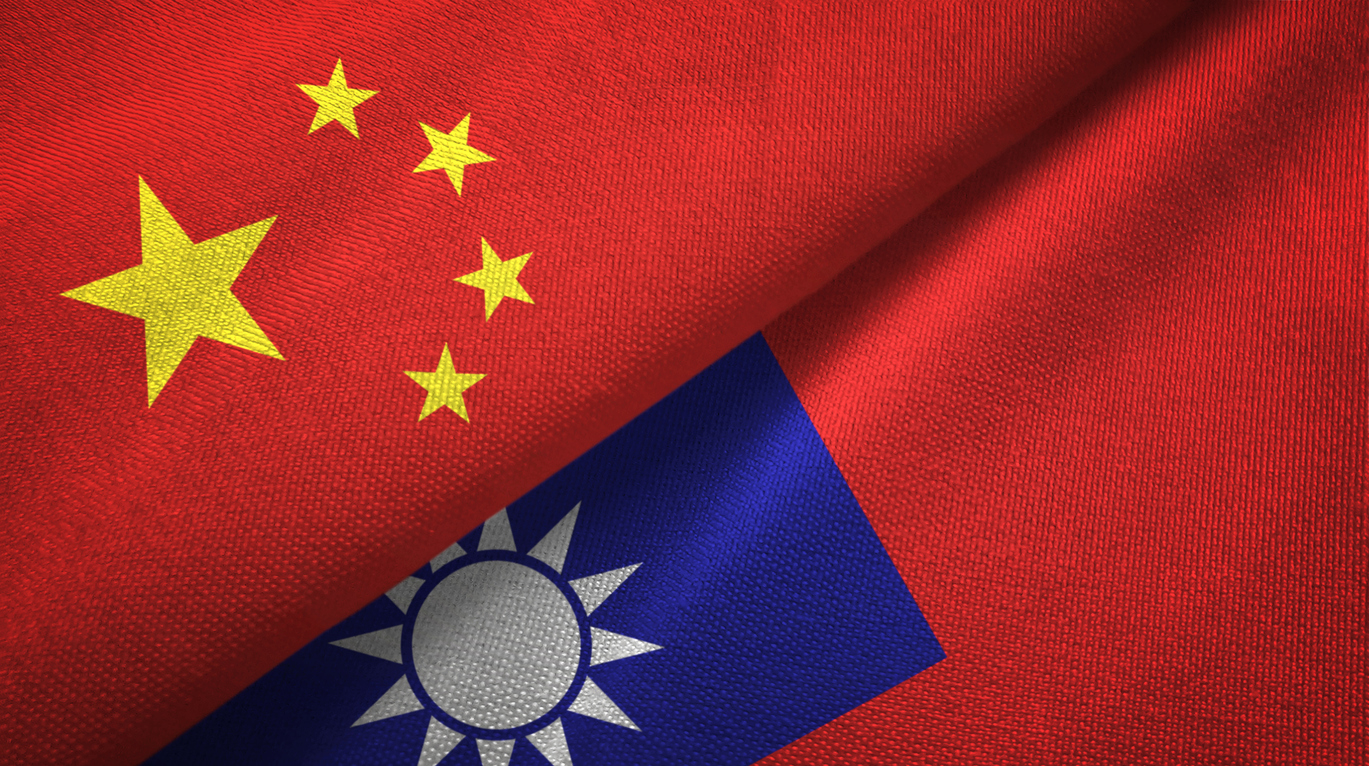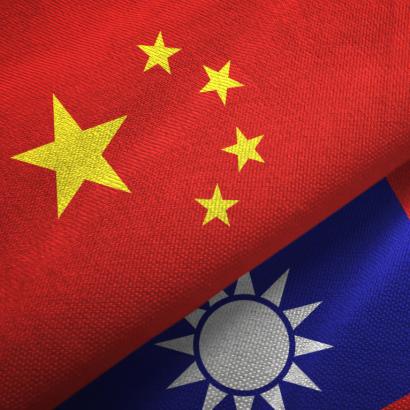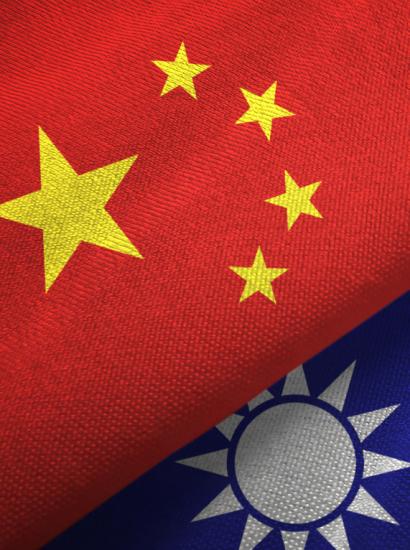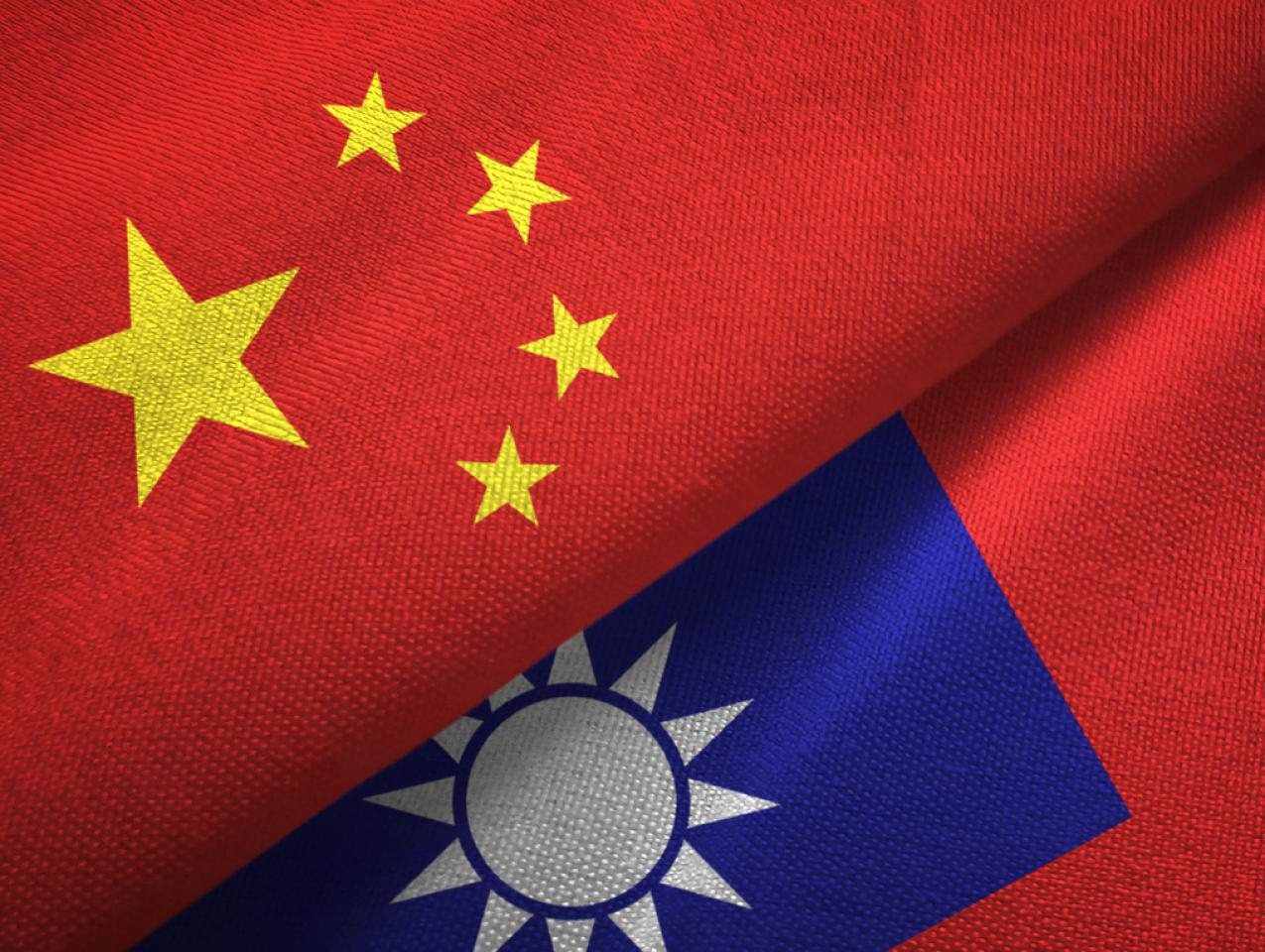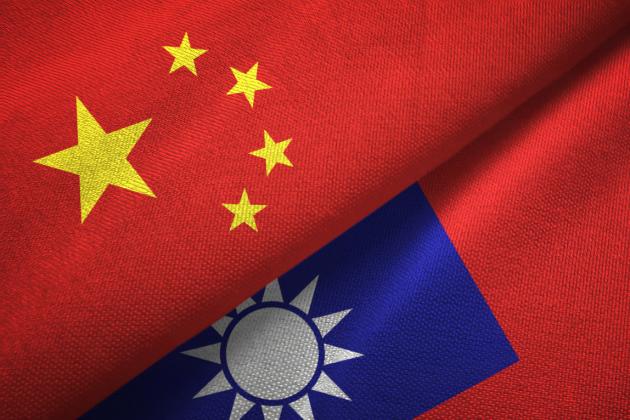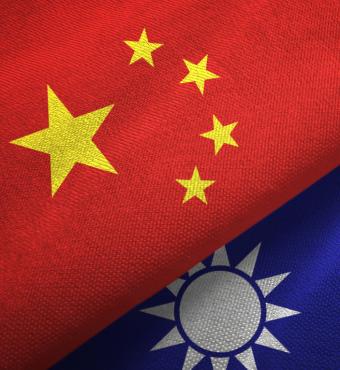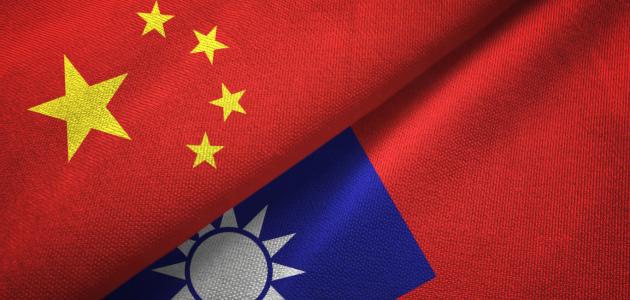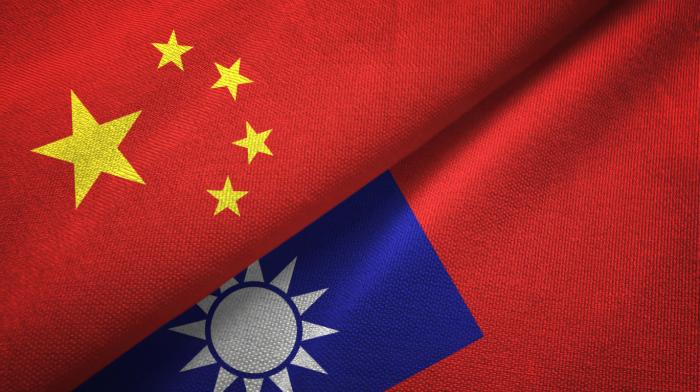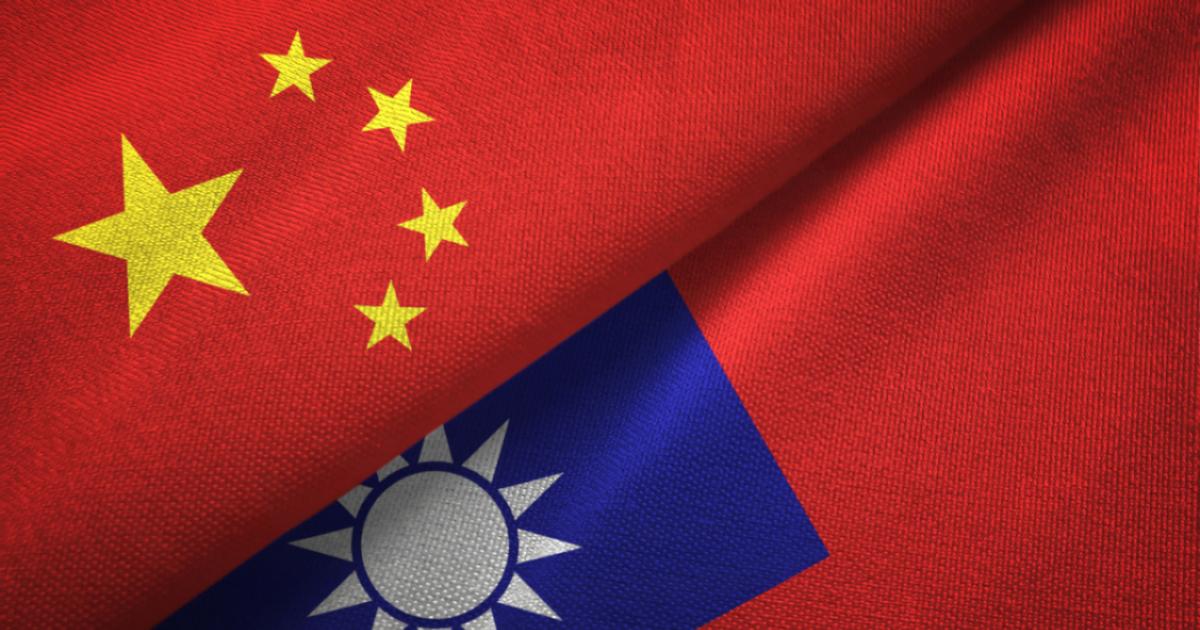- China
To be effective, deterrence must create a substantive element of doubt in the mind of a potential opponent. The military capabilities he confronts must convince him that the use of his military to obtain an objective would involve unacceptable costs. The current efforts by the so-called People’s Republic of China to intimidate Taiwan into abandoning its independence by threatening a massive invasion represents the most important case for deterrence since the Cold War. Inherent in American efforts to prevent the Chinese Communists from undertaking such a venture must be a tightening of the alliance connections among the outlying island nations that hem in China’s mainland to the east and south: namely South Korea, Japan, the Philippines, and Australia.
While geography has endowed China with a hinterland that has made it almost invasion proof, it has not been so kind to the Chinese in providing them unhindered access to the world’s oceans. The combination of South Korea and the Japanese islands, running from Hokkaido southwards through Taiwan to the Philippines have created a strategic fence, which, if it holds, presents the PLA’s naval strategists with an almost impossible situation, especially since American island bases farther to the east provide depth against any Chinese threat. The key to that fence then is Taiwan. Chinese control of that island would open up a gap of approximately 2,000 miles between the Philippines and southern Japan. The People’s Republic of China is interested in gaining control of Taiwan not just because it was at one time a part of the ancient empire, but because it is the key to China’s unhindered access to the wide, expanses of the Pacific.
Thus, the rearmament efforts among the island nations of East Asia and Australia represents perhaps the most important step that the United States can take with its allies in the region. The fact that Japan has decided to upgrade its helicopter carriers into real carriers carrying F-35Cs is a major step forward in address the Chinese naval threat. In addition, there are indications that the Japanese are working with a major U.S. manufacturer on developing a stealth fighter. Here, the bizarre Chinese claims to the Senkaku Islands has been a major driver in the Japanese interest in making a major move to rearmament. The larger problem for American strategy in East Asia has been the gulf between the Japanese and the South Koreans. The refusal of the former to own up to the horrendous crimes that they inflicted on the latter during Japanese rule over the Peninsula has continued to sour relations between them. Still, the South Koreans are powerful enough to keep the North Korean threat muzzled during any major crisis in East Asia.
The Australian decision to buy into the UK-U.S. nuclear submarine technology represents a crucial move to tighten its connections with the United States. While it will be a decade plus before the Australians actually possess a nuclear-powered submarine—unless the Americans are willing to sell them a Virginia-class boat—the signal is clear. The Australians are thinking well beyond protecting the waters beyond their continental shelf and Indonesia. Instead, nuclear powered boats will enable them to help in closing off the Straits of Malacca and the South China Sea to the Chinese. In the largest sense, the decision to buy into UK-U.S. nuclear-boat technology indicated that Australia will be willing to provide the Americans the backup bases lying behind the front-line islands.
Underlying the rearmament efforts of the East Asian states must be a willingness of the United States to cooperate enthusiastically with East Asia, including rejoining the Asia-Pacific Trade Agreement from which the Trump administration withdrew. A coherent alliance or series of alliances on the order of the Cold War in Europe would present Chinese naval strategists with as dismal set of options as those which presented the German admirals in August 1914. In effect, the High Seas Fleet had neither operational nor strategic options. To create such a situation depends on American policy makers recognizing how important our allies in Asia are and providing them with the kind of long-term aid we are presently willing to provide to the Australians. A strong, well-armed alliance has every prospect of deterring the Chinese from making the kind of mistakes that might ignite a catastrophic war.







